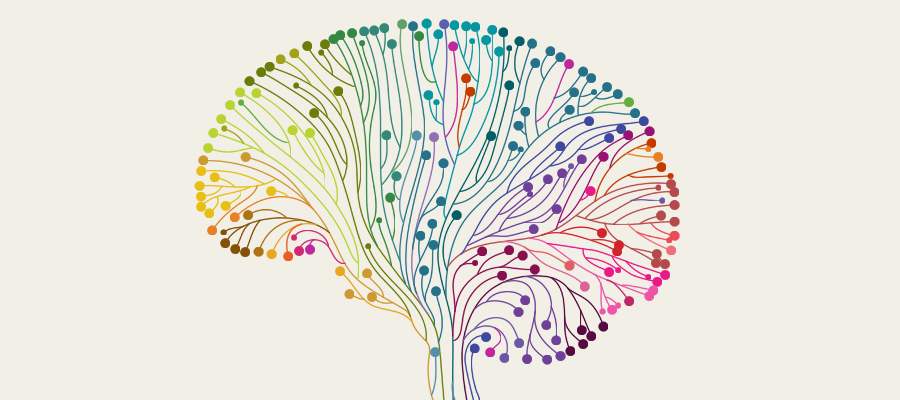
It is important to understand how learners have mastered course materials during the semester and to do so in ways that don't disadvantage learners. When designing your assessment strategy for your course, consider the following:
Assessment design
- Are assessments aligned with course and concentration competencies and learning objectives?
- Do assessments reliably and consistently measure how well learners have met learning objectives?
- Does the course include a variety of assessments that allow for multiple ways to demonstrate learning?
- Are both low-stakes and high-stakes assessments included?
- How much time will grading take?
- Does the scope and number of assessments allow for enough learner feedback?
- Are assessments a manageable workload for both learners and instructors?
- Are assessments designed for in-class and out of class?
Assessment content
- What assessments work best for the course content and objectives?
- Do learning activities and low-stakes assessments provide scaffolding or practice for high-stakes assessments?
- Are assessments being reviewed for bias?
Assessment methods
- What will be graded or ungraded?
- Are grading criteria available and transparent?
- Are learners given an opportunity to self-assess?
- Are samples of completed assessments provided?
|
Bloom's Taxonomy |
Example Assessments |
|---|---|
|
Remembering: To retrieve knowledge from long-term memory Verbs: Recognize, Identify, Recall, Retrieve |
Quiz Multiple-choice test Notes on reading Poll Everywhere questions Knowledge checks
|
|
Understanding: To construct meaning from oral, written, and graphic communication Verbs: Interpret, Clarify, Paraphrase, Translate, Classify, Categorize, Summarize, Abstract, |
Think-pair-share: Learners take a few minutes to discuss a question or prompt with a partner, and hen share it with the class. Socratic seminar: Learners ask questions of one another about an essential topic, concept, or research study. Learners learn to formulate questions that address issues to facilitate their own discussion. 3-2-1 summary: Learners respond to the following prompt at the end of a short lecture: 3) things they learned; 2) things they want to know more about; and 1) question(s) they have. Exit ticket: Learners write in response to a specific prompt for a short period of time. Instructors collect their responses as a “ticket out the door” to check for learners’ understanding of a concept taught. Misconception check: Present learners with common or predictable misconceptions about a concept you’re covering. Ask them whether they agree or disagree and to explain why. Analogy prompts: Periodically, present learners with an analogy prompt: “the concept being covered is like ____ because ____.” Peer instruction: One learner teaches another learner what they have learned. If they can do that successfully, it is clear they understood your lesson. Oral presentation Essay exam Matching exam Laboratory or field notes |
|
Applying: To use a process or procedure Verbs: Execute, Implement, Use |
Group discussion Research design proposal Evaluation proposal Community assessment proposal Budget with budget justification Statistical problems Debate |
|
Analyzing: To break down information into basic parts and determine how different parts relate to each other and as a whole Verbs: Differentiate, Discriminate, Distinguish, Select, Organize, Find, Integrate, Outline, Structure, Attribute, Deconstruct |
Reflection essay: Reflect on learning topics Concept maps: Connect facts, concepts, and ideas using technology tools Chart, graph, diagram, visual aid (data analysis) Brochure, poster Advertisement for Facebook, Instagram or website Plan for a project Thesis statement and outline Letter to the editor Description of a process Essay exam Multimedia or slide presentation |
|
Synthesize: To make judgments based on defined criteria Verbs: Coordinate, Critique, Judge |
Technical or scientific report Literature review Write an abstract Review of book, article, webinar, TedTalk Case analysis Annotated bibliography Introduction to an essay or scientific report |
|
Creating: To put elements together or restructure to form something new/clear functional whole Verbs: Generate, Hypothesize, Plan, Design, Produce, Construct |
Create an e-Portfolio Write and produce a podcast Write and produce a vlog (video blog) Write and produce a blog Write a grant proposal Write policy briefs, proposals Write a health communication report Research project |







